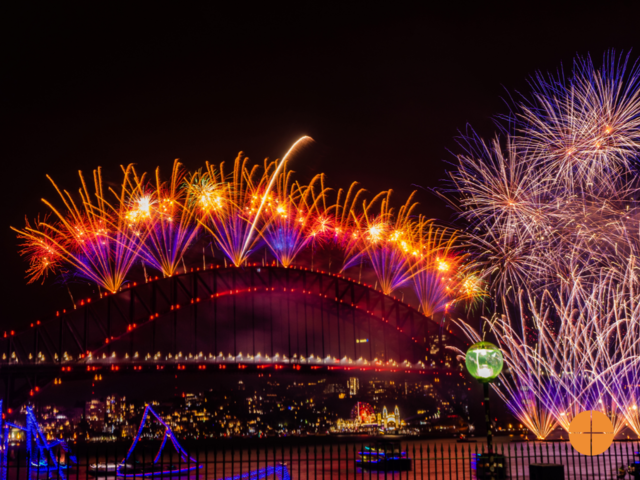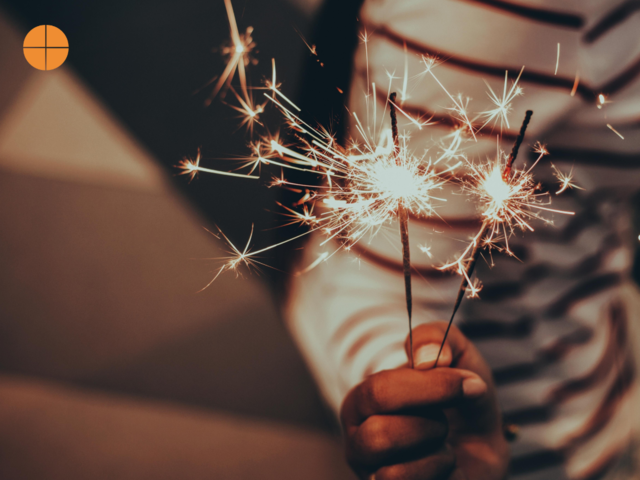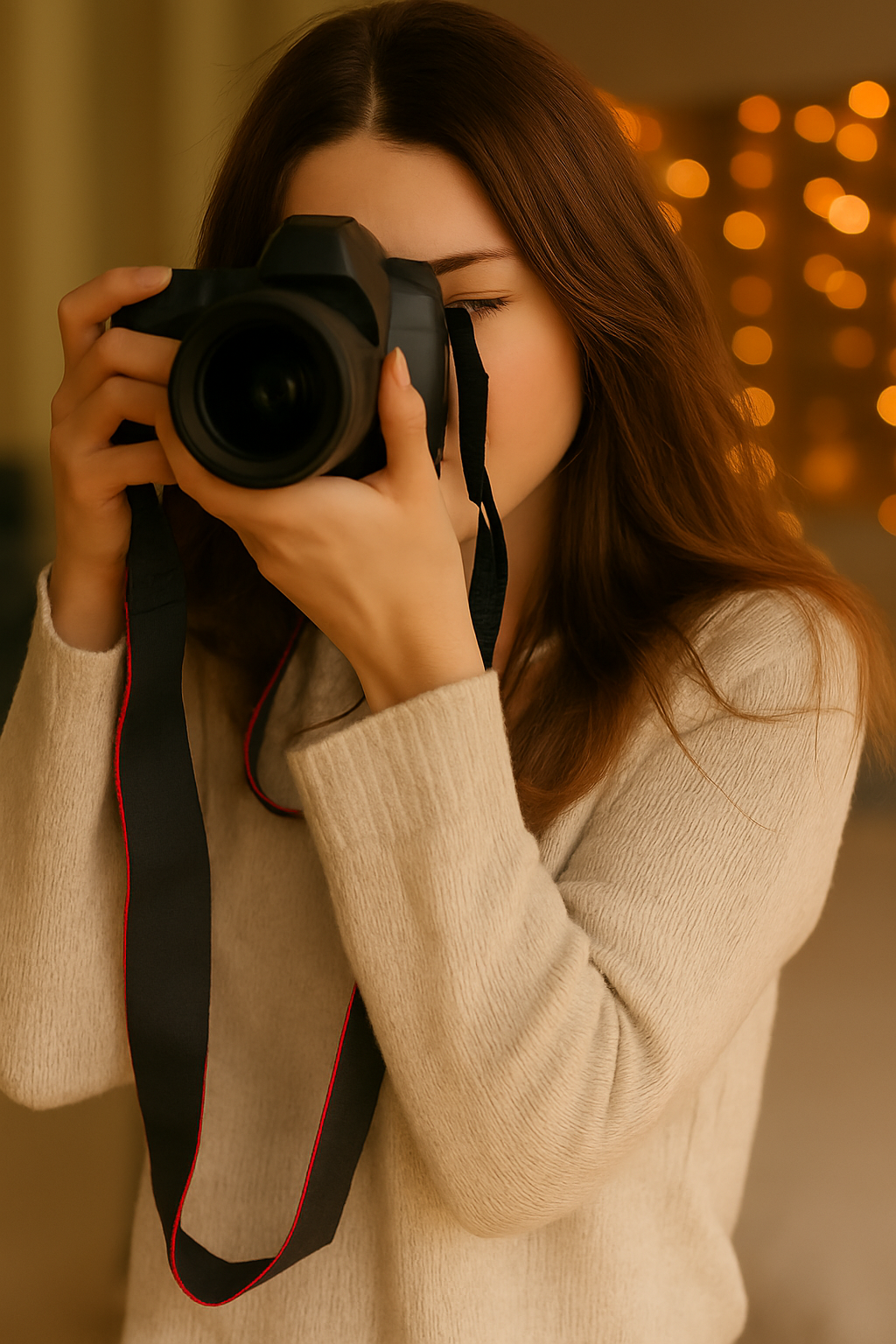New Year’s Eve night is a visual spectacle with endless opportunities to capture moments of magic. From fireworks to tears and parties to fiestas, there is always something going on just waiting for you to point your lens. We have compiled some do’s & don’ts to guide you and your camera on this end-of-year celebration, regardless of your level of experience.

Location, location, location!
Do: Make a plan
Fail to prepare, prepare to fail. Photography is one of those creative endeavours that will pretty much always require preparation and this is never more relevant than on a busy, unpredictable dark night. Be decisive about where you are going and pack your kit accordingly. Think light at night, lenses and accessibility. If you are going to be outside, go early and pick a spot. This will give you a better viewpoint and more time to prepare for challenging lighting.
Don't: Miss out
It is important to keep an eye on your equipment and to make sure your settings and lenses are at their optimum for the task at hand, but also remember to be present. There is a world of potential moments all around you and you don’t want to miss out because you are engrossed in your equipment. Watch people, keep an eye on the time for the countdown, and be open to surprises and unexpected moments.
Darkness into light
Do: Manual settings
Night light is challenging but it is also the most beautiful time for dramatic moments. Use manual settings and check the shutter speed, ISO, and aperture. In lower light, using a higher ISO is best, but watch out for noise. For added stability, especially when taking long exposures to photograph fireworks or city lights, try using a tripod.
Don't: Lose focus
This applies both literally and figuratively. Autofocus on cameras can be problematic in low light so be ready to move to manual focus for clarity. When shooting fireworks, focus should be given extra consideration. Stay alert and observe the movement and shifts in light and distance. With a little perseverance and some practice, stunning images can be captured. Just maintain concentration.

Framing
Do: Play with perspective and angles
New Year's Eve can be a visual feast with fireworks, crowds, city skylines, and private events. Think of your subject matter in a more abstract way. Rather than pointing skywards, look at the fireworks and how they reflect on the water or the awe and wonder in people’s faces. An otherwise ordinary photo can become extraordinary with unusual viewpoints.
Don't: Forget the basics
While experimenting with angles is a great way to create more interesting images, there are still rules and they exist for good reasons. Keep in mind fundamental principles like the Rule of Thirds. Think composition and balance and position your main subject off-centre. This works particularly well when taking pictures of crowds or landmarks lit up with fireworks.
Post-Processing & Distribution
Do: Selective editing
It is important to try to perfect your photographs in real time while shooting, but the beauty of digital photography is that RAW images can be wonderfully enhanced in post. For those night time images, exposures can be increased and contrast and colour balance can be enhanced. The objective is to accentuate the image you have captured, it is not to alter it.
Don't: Forget the story
New Year's Eve is an emotional event brimming with endings and beginnings. People are both happy and sad to see time move on and to mark it with people they love. Every image tells a story and when you have processed your work, think of the story you want to tell. How did you feel and what did you see? When sharing, especially on social media, use captions or headings to invite the viewer deeper into the image..
Want more?
If you are thinking of your New Year’s Eve photo opportunities but want to know more, we have different courses for different needs. Whether you're a novice or you just want to refresh your professional skills we cover a variety of subjects such as composition, post-processing, low light photography, and much more. Our tutors are professional photographers who provide practical experience and tailored feedback. Explore our Photography courses and find your niche.

